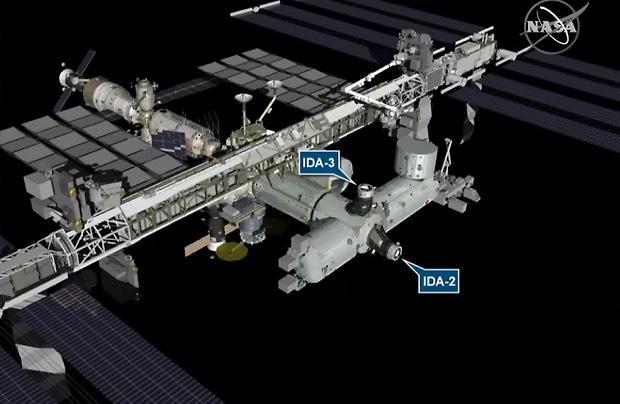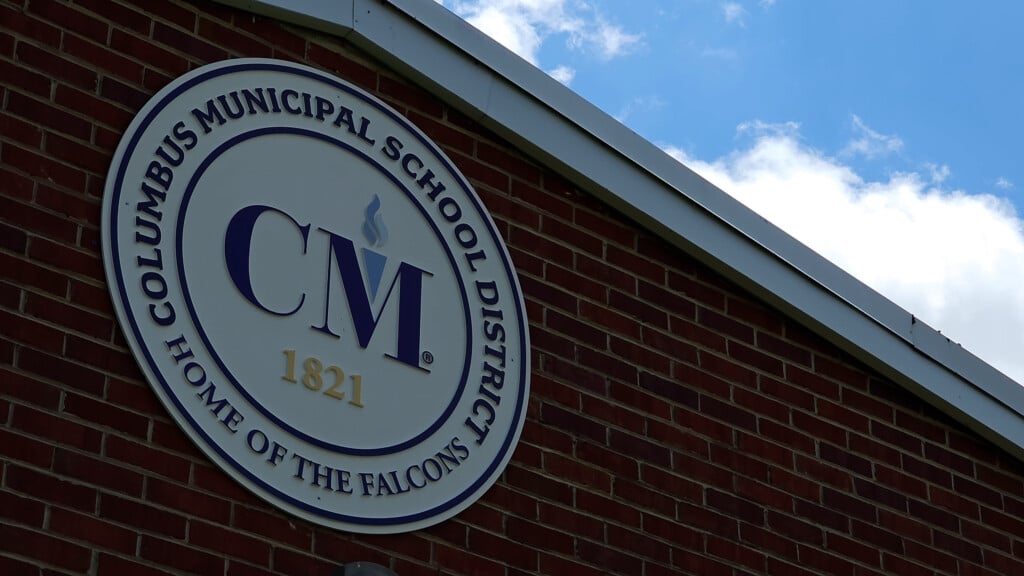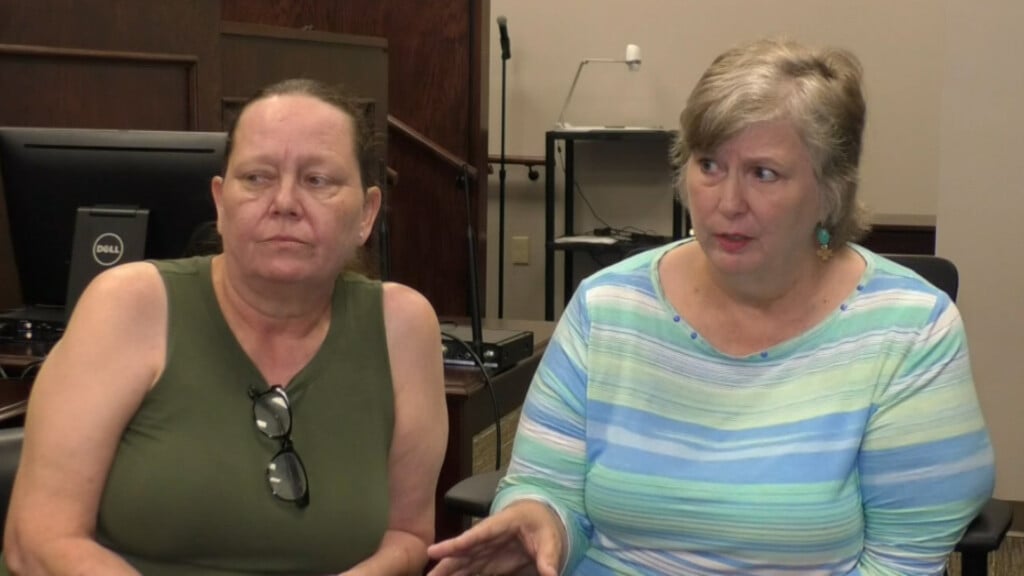Watch: Spacewalk installs key upgrade to station
Two NASA astronauts floated outside the International Space Station early Wednesday to attach a second docking port for commercial crew ships being built by Boeing and SpaceX. They also planned to route cables to expand the lab’s external wireless network and to provide backup power to the station’s robot arm.
Floating in the station’s Quest airlock, astronauts Nick Hague and Drew Morgan switched their spacesuits to battery power at 08:27 a.m. EDT to officially begin a planned six-and-a-half-hour spacewalk, the fifth so far this year and the fourth by NASA astronauts.
For identification, Hague, call sign EV-1, is wearing a suit with red stripes using helmet camera No. 11. Morgan, EV-2, is wearing an unmarked suit and is using helmetcam 18. This is the third spacewalk for Hague, who launched to the station on March 14, and the first for Morgan, who reached the outpost on July 20.
Working with electrical cables that were routed three years ago during two earlier spacewalks, Hague and Morgan planned to electrically connect the new international docking adapter, or IDA, to the forward Harmony module’s upper port.
Trending News
After flight controllers confirm the $22.5 million IDA is firmly locked in place, the spacewalkers planned to install wiring to expand the lab’s external wireless network and to connect a jumper providing backup power to the robot arm.
The previously routed IDA cables “have baked in the sun and had UV (ultraviolet radiation) and AO (atomic oxygen) exposure, so we expect them to be very difficult to manipulate and route,” said Alex Kanelakos, the lead spacewalk officer at the Johnson Space Center in Houston. “This is mostly due to the fact that they’ll be stiff and want to retain the coiled shape.”
The U.S. segment of the space station features four ports where visiting vehicles can either dock on their own or be berthed by the lab’s robot arm. The Russian segment also features four ports that are used by unpiloted Progress cargo craft and Soyuz crew ferry ships.
Space shuttles docked at the front end of the Harmony module, and that port already has been equipped with a Boeing-built international docking adapter that can accommodate either SpaceX’s Crew Dragon ferry ship or Boeing’s CST-100 Starliner.
Two Earth-facing ports, one on Harmony and the other on the central Unity module, are used to berth visiting cargo ships built by SpaceX, Northrop Grumman and JAXA, the Japanese space agency. The cargo ships are pulled in for berthing by the station’s robot arm and those ports do not require the capture mechanisms in an IDA.
NASA launched the first IDA aboard a SpaceX Dragon cargo ship in June 2015, but its Falcon 9 rocket suffered a catastrophic failure on the way to orbit, destroying the Dragon and its payload. IDA-2 was successfully launched later and installed on Harmony’s forward port. IDA-3, the subject of Wednesday’s spacewalk, is a replacement for the one that was lost in 2015.
“It really is creating the second docking port for not only commercial crew vehicles, but one of our cargo vehicles will be docking there in the not too distant future,” said Kirk Shireman, space station program manager at the Johnson Space Center. “It’s really important we have this additional capability.”
Boeing hopes to launch is Starliner capsule on an unpiloted test flight in the October timeframe, followed by a test flight with three crew members aboard before the end of the year. SpaceX launched a Crew Dragon spacecraft on a successful unpiloted flight to the station in March, but the company is still recovering from an April test failure and it’s not known when its first crewed mission might get off the ground.
But the initial flights will dock at the station’s forward port. Later, the crew ships and SpaceX’s second-generation Dragon cargo craft will begin using the upper port as well. Shireman said having two ports with active docking mechanisms will allow NASA to make sure U.S. astronauts are always on board the space station.
“It really allows us to make sure we have people on board all the time,” he said. “That’s number one. Number two is, at least one of our cargo vehicles will come and dock (at an IDA). So you have to have an open port.
“And then finally, NASA’s got this big initiative to do all kinds of commercial activities. One of them is private astronaut missions. So we expect that other private vehicles will come up and bring visitors to the ISS on that docking port. So we really need to have this capability.”






Leave a Reply